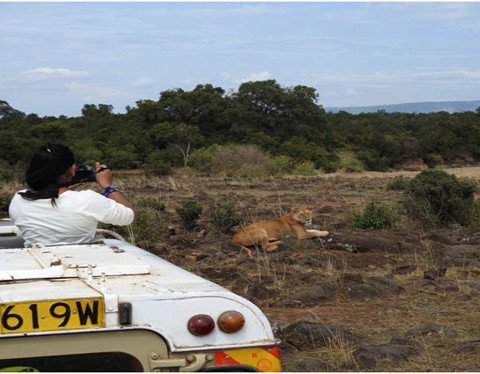Wildlife never fails to amaze, be it an indirect sighting where you see only the ruffle of the bushes, a growl, a snarl or even a grunt. There will also be days when lady luck feels like messing with you and all you see is a flash of color, a haze of stripes or spots and then nothing. These are in fact some of the most thrilling moments on a safari, although they can never match up to direct sightings of wildlife in clearings and at waterholes.
The Indian jungle is full of signs which indicate the presence of animals or their passage through the area, but understanding these signs is not easy but when you do understand them, it makes the experience a great deal better. Scat, dens, burrows, smells, pug marks, etc are all signs that will make your wildlife experience an immersive one.
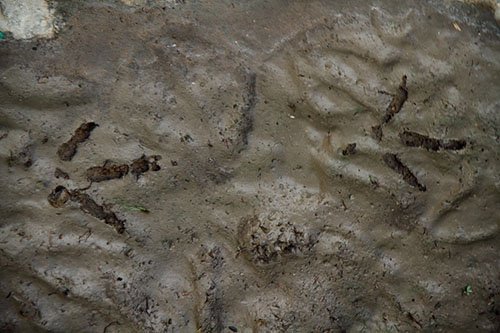
Trees are the best place to start looking for signs. Deer for example will vigorously rub their antlers on the bark to clear their velvet and depending how high the marks are, one can take a rough guess as to which species was responsible for this.
Freshly fallen leaves and half eaten fruits under trees suggest the handiwork of langurs and giant squirrels which have a feast in the canopy and being messy eaters, drop a lot on the forest floor. Chital or spotted deer will take full advantage of this free meal and gather under these trees en masse to enjoy the spoils. The langurs also serve as sentries of the forest, sounding the alarm with their harsh ‘kha-ko, Kha-ko-ka’ when a predator approaches, and instantaneously the forest kicks into overdrive. The chital run like the wind, troops of monkeys scamper up the trees for cover, porcupines amble away, and the forest goes silent with the calls of the langur resounding through the air.
Elephants also leave distinctive trails in the form of uprooted trees, broken and twisted branches, striped barks and the rustling of the trees as they bulldoze past them while the docile Rhino can be found rubbing itself against a tree leaving behind a bare patch with a coating of mud occasionally.
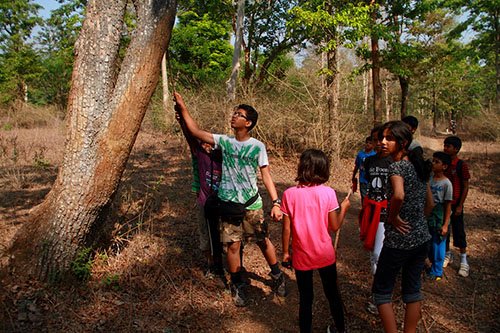
Cats like the tiger and the leopard leave distinct claw marks and gashes on trees- while the leopard scratches from the sides, tigers leave straight claw marks as they sharpen their claws or when they climb trees. Bears also can be found rubbing themselves against trees or sharpening their claws.
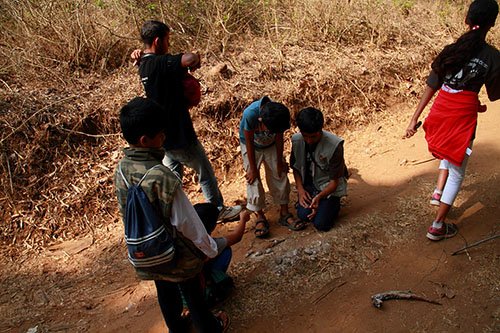
Shelters are another giveaway of the presence of an animal in the area. Most carnivores live in burrows which are either dug or naturally formed cavities and holes at times. A porcupine warren/den for example will have two, sometimes more entrances and is an intricate maze of tunnels, and often gnawed bones, antlers, etc can be seen at the entrance. Otters on the other hand have their dwelling above the water level, but the entrance is under water. While a wild boar or hogs will turn up the loose ground searching for food leaving behind patches a sloth bear will break away and dig at termite mound bases to get to the young alates. The tell tale signs therefore also depend on the diet of the animal.
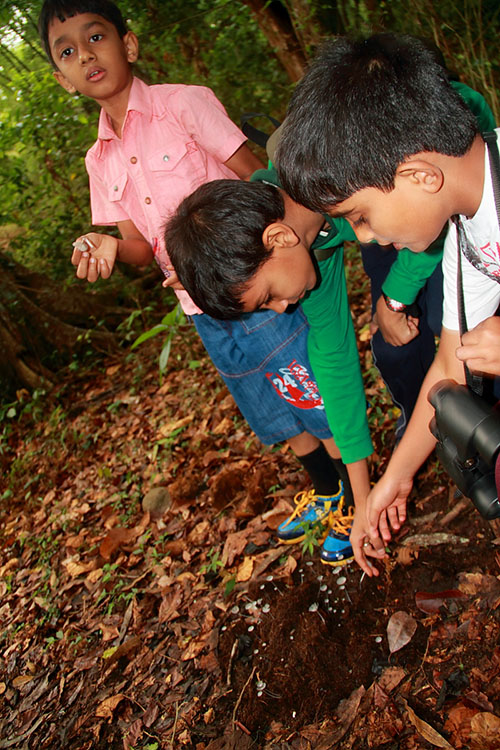
Roosting sites also tell a great story about the inhabitants; some birds like herons, owls, and other hunters regurgitate their food on favorite perches. The pellets contain bones at times, and even feathers and indigestible material. Some birds like sandpipers defecate only on a particular favorite stone, branch or mound, while others like storks defecate on their legs to keep themselves cool. Vultures too defecate and throw up on their feet to keep themselves cool when they perch on hot surfaces.
Otters, rhino and civet cats, apart from others defecate at latrines or established areas, which over time form great mounds. Wolves on the other hand defecate near their dens itself.
Cavities and nests also tell great tales, for example the cavity nest of the hornbill, the tailor birds elaborately stitched nest, the purple sunbird’s nest or even the rufous woodpecker nest in the nest of crematogaster ants.
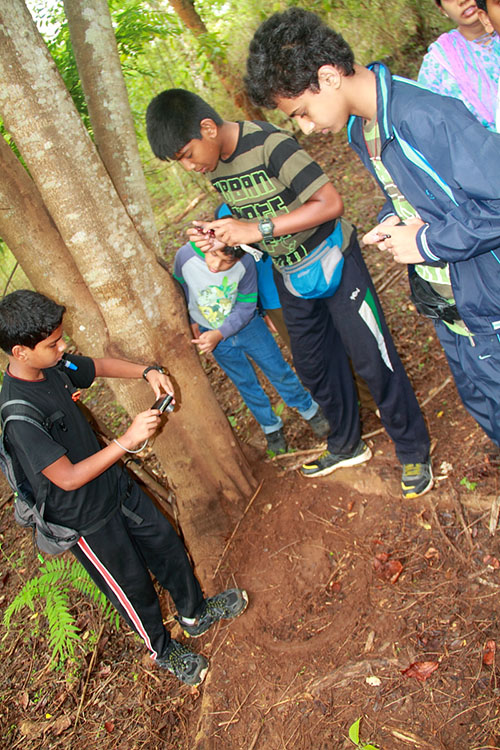
Carcasses however are excellent areas to spot wildlife, especially large carnivores. While a tiger starts from the back and leaves the alimentary canal intact, leopards will feed from the neck or the stomach and leave behind a messy kill, often dragging the carcass into a tree while tigers will stay and guard the kill until they have had their fill. Lions, being communal will feed together and do not guard kills.
Vultures in a forest are kill detectors, flying in huge flocks towards a kill. These birds are smarter than you think and knowing their behavior can help you have a great sighting. If the vultures are on the ground, the predator has left, but if they are some distance away, or on the trees, be aware- the predator is still on the prowl.
Bird calls, nests, insect calls, tracks, trails, scat, etc can all tell you a great deal about the jungle. So the next time you step into a forest, keep your senses honed to the signs of the jungle, and read the jungle just like Mowgli did.
Author: Joiston Perira – A Naturalist with passion for conserving wildlife and natural habitat, he recently revived the annual bird survey / census at various water bodies / lakes of Bangalore.
0
